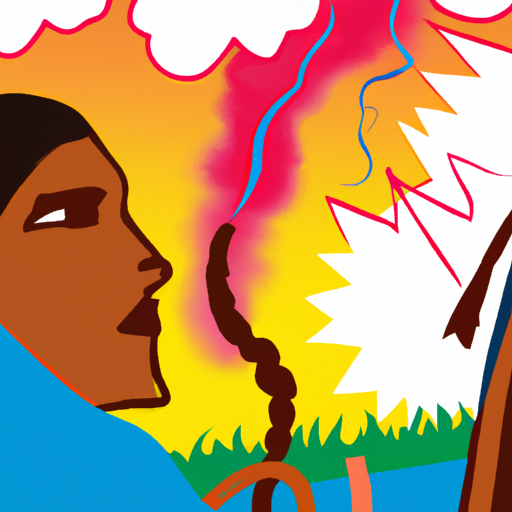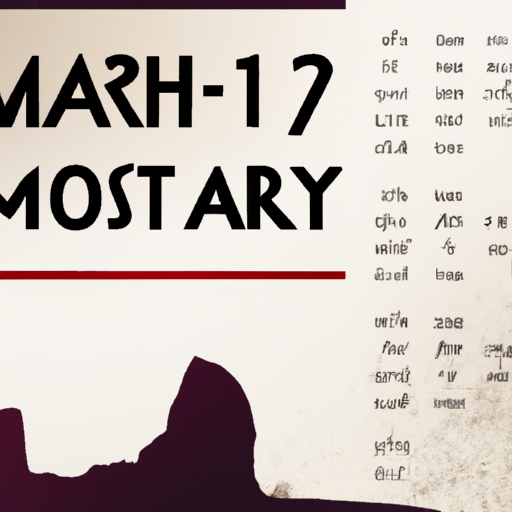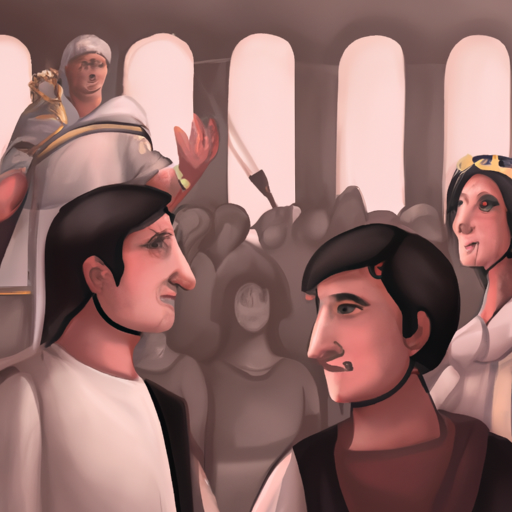History of Poor Treatment in Victorian London
Peer into the past and discover the mysterious, untold story of London in the Victorian era. Unearth the secrets of how those living in poverty were dealt with during this time. Delve into a time long ago, when life was not as it is today and find out what really happened to those who had nothing.

Astonishingly, the Victorian age in London was a period of extreme variance. From the hustle and bustle of the streets to the destitution of the slums, this era was a trove of enthralling stories and remarkable characters. Though it may be arduous to envision what life was like at that time, it is crucial to recognize that many people endured hardship and were often met with cruelty by society. By delving into the history of this phase, we can gain insight into how those living in poverty were treated and acquire a better comprehension of how their lives diverged from ours today.
.
Introduction

In Victorian London, a time of widespread destitution and hardship, the poor were subject to exploitation and mistreatment. The New Poor Law of 1834 was established to manage and penalise those who were deemed as unbeneficial or non-productive citizens. This meant that the impoverished had limited access to education or health care, leaving them with no option but to beg or commit crime in order to make ends meet. Additionally, overcrowding in slum housing provided little protection against illness or the elements. Despite charitable efforts to improve their plight, it wasn’t until late in the 19th century that meaningful progress was made towards improving their situation.
– History of Poor Treatment in Victorian London
The plight of the impoverished in Victorian London was a long and disheartening one. From the mid-1800s to the early 1900s, destitution ran rampant throughout the city, leaving its struggling inhabitants exposed to cruel mistreatment from their more affluent counterparts. The disadvantaged were often crammed into squalid slums with no access to basic services such as education or employment opportunities, leaving them vulnerable to manipulation. With little hope of social mobility, many were doomed to remain in poverty for life.
The Victorians viewed poverty as a sign of moral defectiveness and thus imposed punitive measures against those in need, including workhouses and fines for begging or vagrancy. Police brutality towards children was also commonplace, considering them an annoyance on the streets. The workhouses themselves became notorious for their harsh conditions; inmates were routinely subjected to long hours of labor with little food or rest.
Governmental endeavors to tackle poverty during this period included legislation like the Poor Law Amendment Act of 1834 which attempted to reduce public expenditure on relief payments, yet these attempts proved futile due to lack of resources and political will. It wasn’t until after World War II that tangible progress was made in improving conditions for those living in poverty in London.
In conclusion, it is clear that those living in destitution during Victorian London endured discrimination and violence at every turn with few chances for improvement or escape from their dire circumstances. Despite governmental attempts at reform, it wasn’t until much later that real advancement was achieved towards alleviating poverty within the city limits.
– Understanding the Social Conditions of the Poor in Victorian London
A time of tremendous change, Victorian London was a bustling metropolis with a population that had grown exponentially thanks to the Industrial Revolution. Unfortunately, this influx of people from rural areas coupled with a lack of resources created an environment in which poverty was rampant and social conditions for the poor were dire.
The overcrowded and unsanitary slums in which many lived lacked access to clean running water and sanitation services, leading to outbreaks of disease such as cholera and typhoid fever that only further exacerbated poverty levels. With limited job prospects, some resorted to crime as a means of survival while others found themselves unable to afford market prices for housing.
In response to these problems, philanthropists such as Octavia Hill established rent-collecting organisations that provided affordable housing for those in need. Other charitable organisations like Dr Barnardo’s set up homes for orphaned children across London offering food, shelter and educational opportunities through their schools and workshops.
Though these initiatives did bring some relief from the worst effects of poverty, they did little to address its underlying causes or reduce inequality throughout the city. The history of Victorian London is thus a reminder of how difficult life could be for those living in poverty during this era.
– Impact of Industrialization on the Poor in Victorian London
The Victorian era in London was a period of immense transformation, with industrialization bringing a range of new possibilities and challenges. The population of the city swelled as people sought out jobs in the burgeoning industry, but this influx brought with it overcrowding and poverty. The work available was often low-paid and hazardous, with long hours and no guarantee of job security. Living conditions for the poor were dire, with cramped housing lacking basic amenities such as sanitation or medical care. This resulted in an increase in diseases such as cholera and typhoid, further exacerbating levels of destitution. Additionally, industrialization caused pollution which had a detrimental effect on both rich and poor alike. In summary, industrialization created opportunities for employment but also presented numerous difficulties that left many struggling to survive.
– Charitable Organizations and their Role in Helping the Poor in Victorian London
The annals of beneficent entities aiding the destitute in Victorian London are rich and multifaceted. Since the early 1800s, many undertakings have been initiated to aid those in neediness. From soup kitchens to orphanages, charitable organizations have labored indefatigably to give succor and assistance.
At the commencement of the Victorian age, much of these charities were privately funded by affluent benefactors. This enabled them to furnish sustenance, refuge and medical attention for those incapable of supporting themselves. A noteworthy instance is The Whitechapel Mission, set up in 1876 by William Booth, which provided warm meals and garments for helpless people living on the streets.
Still, it wasn’t until late 19th century that governmental involvement began to take place. In 1887, The Poor Law Amendment Act was passed which mandated local authorities as liable for supplying relief for those who couldn’t work or obtain employment due to ill health or disability. This permitted benevolent groups such as The Salvation Army and The Ragged School Union to concentrate on furnishing educational and training openings for children suffering from poverty as well as offering recreational activities like music classes or sports clubs.
The heritage of these charities is still apparent today with numerous still providing essential services for those in neediness. Charitable organizations remain a significant part in helping ameliorate poverty in Victorian London and around the world.
– Historical Perspectives on Poverty Alleviation in Victorian London
An exploration of the story of poverty abatement in 19th century London is a topic of great importance. With a population that was rapidly growing and a widening disparity between those with wealth and those without, many steps were taken to try to mitigate the situation. This article will look into some of these attempts, including government-funded initiatives, benevolent organizations, and individual philanthropy. It will also examine how these activities influenced the populace as a whole and what can be gleaned from their successes and failures. Finally, it will consider how these historical insights can shape our understanding of poverty relief today.
conclusion

In Victorian London, a great disparity between the haves and have-nots was evident. Those of wealth were blessed with access to resources that the poor simply could not attain, such as food, housing, and healthcare. The government seemed to turn a blind eye to the struggles of those in the working class, leaving them without any rights or protection from exploitation. This negligence resulted in overcrowded slums and an abundance of diseases and fatalities associated with poverty. Despite attempts at reform by organizations like the Salvation Army and other charities, poverty continued to be a major issue during this era.
.
Some questions with answers
Q1. How were the poor treated in Victorian London?
A1. The poor were treated very harshly by the government and society during the Victorian era in London. They were often seen as lazy, immoral, and responsible for their own poverty.
Q2. What laws were passed to control the poor?
A2. Laws such as the Poor Law Amendment Act of 1834 were passed to control the poor by making them work for their benefits and limiting their access to services.
Q3. How did public opinion view poverty?
A3. Public opinion viewed poverty as a sign of moral failure and believed that those in poverty should be blamed for their own situation.
Q4. Did any social reforms take place?
A4. Yes, some social reforms took place during this period such as the introduction of free compulsory education for children aged 5-13 and improved housing conditions.
Q5. What was life like for many people living in Victorian London?
A5. Life was difficult for many people living in Victorian London with high levels of poverty, overcrowding, and disease being common problems faced by those living in slums or other deprived areas of the city.





